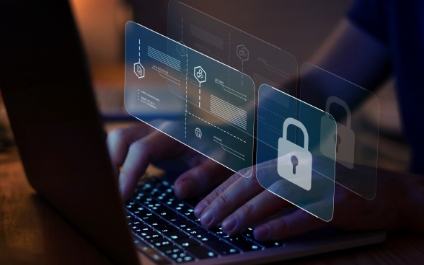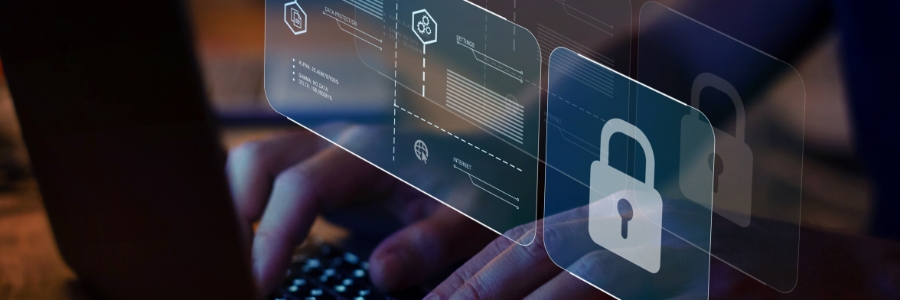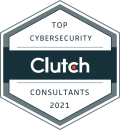

Is Your Remote Workforce Protected From Cybersecurity Threats?
Working remotely has become more popular at many companies since the COVID-19 pandemic. Remote workers like the flexibility this new setup offers, such as creating their own hours and having the ability to work from anywhere. While allowing employees to work from home offers many benefits, there are also drawbacks, such as increased vulnerability to security risks.
Data from 2020 revealed nearly 5 million Americans working remotely for their companies. The rise in remote work has also led to an increase in security threats for corporate networks. Because of this new issue, having protections in place for your remote workforce is more crucial than ever. Learn more about the risks of remote work and what measures you can take to keep your employees and company data safe.
How Does Remote Working Impact Cybersecurity?
There are several reasons a remote work environment can increase security vulnerabilities for your company. The biggest is that having more remote workers supplies a bigger attack surface for hackers, which generates more opportunities for them to gain access to sensitive information.
There's also the issue of what kind of technology your employees are using for remote working. Conducting company business on personal devices without any security measures in place, such as a virtual private network (VPN) or internet security software, can open up your organization to phishing attacks, data breaches or other malicious acts.
When employees aren't being monitored or taking necessary precautions to prevent a security incident, corporate data faces the biggest risk. Even with cybersecurity policies enacted, if employees are stressed or otherwise not giving their full attention to their remote work, mistakes are more likely to be made. A study conducted by the University of Central Florida revealed that 66% of remote employees deviated from their company's cybersecurity policies due to work demands or striving for efficiency, especially during the pandemic.
Common Cybersecurity Risks
Remote work can open the door to many risks without strong security settings in place. To prevent malicious intrusions from trying to infiltrate corporate networks at your organization, understanding common cybersecurity risks is the first step to protecting your employees.
Poor Data Practices
Workers may be downloading information regarding critical company accounts on their personal computers without using network encryption. Without realizing what they're doing, they end up exposing sensitive data over unsecured channels, not knowing their actions are putting the company at risk.
Vulnerable Wi-Fi Networks
Using unsecured internet connections can also put company data at risk. For instance, employees may use public Wi-Fi if they don't have a home Wi-Fi network, or their personal network may not be private, which makes it easier for other people to connect. Companies may encourage employees to use virtual private networks (VPNs) that encrypt all their internet traffic or update their routers, but if a worker doesn't have the technical expertise to do these things, they won't be implemented.
Lack of Security Staff
A strong security team can help with mitigating cybersecurity risks, if your company has the funds and resources to hire and train the right personnel. The quick transition to a remote workforce left a lot of companies without the proper staff or training needed to build a team that could successfully tackle cybersecurity challenges.
The lack of cybersecurity professionals has also contributed to this dilemma. Data shows that from 2013 to 2021, the number of unfulfilled cybersecurity jobs worldwide skyrocketed from 1 million to 3.5 million. Juggling multiple remote workers with minimal cyber-experts can make it tricky to patch security vulnerabilities.
Webcam or Zoom Hacking
Video calls and the use of other online collaboration platforms has drastically increased over the past few years. Hackers can easily attack personal networks that aren't protected or computers that don't use antivirus software and disrupt online meetings. Cybercriminals with advanced hacking tools can also slip in undetected and gain remote access to company conferences or emails that reveal crucial information.
Best Practices to Protect Your Remote Workforce and Sensitive Data
While it's nearly impossible to ensure all your employees will be 100% secure, there are some steps you can take to increase security and put your mind at ease.
Password Managers
Making sure employees generate strong passwords and set up two-factor authentication is a tactic that can be implemented immediately. Using a password manager and informing your workers to use a different secure password for each company account is also an effective technique. One compromised password is enough to expose a lot of important company data, and taking preventive measures is the best way to ensure that doesn't happen.
Email Security
Educating your employees on best email practices can also reduce phishing scams hackers use to obtain data. For example, hackers may replicate official government documents to make their scams look more legitimate. Employees should be checking the sender's email address and subject line to see where the email came from and what its purpose is before opening anything. This can prevent brute force attacks and increase cybersecurity.
Company Technology
Another good practice is to discourage the use of a personal computer for company business. Supplying your workers with technology that only the employee should be using and has a strong antivirus software in place is a good method to reduce risk. User behavior analytics can also be implemented that track an employee's work pattern and flag any suspicious activity that may indicate credentials have been compromised.
Employee Education
It may also be worth training employees on blocking malicious sites, how to create secure passwords and what safe network access procedures look like. Providing instructions on how to update their software and operating system can be useful for employees who aren't as technologically savvy. This can give them a better understanding of how to identify cybersecurity risks and prevent a data breach from occurring.






